Freeze frame: Paul Zizka
The polar photographer on going to extreme lengths for the perfect image
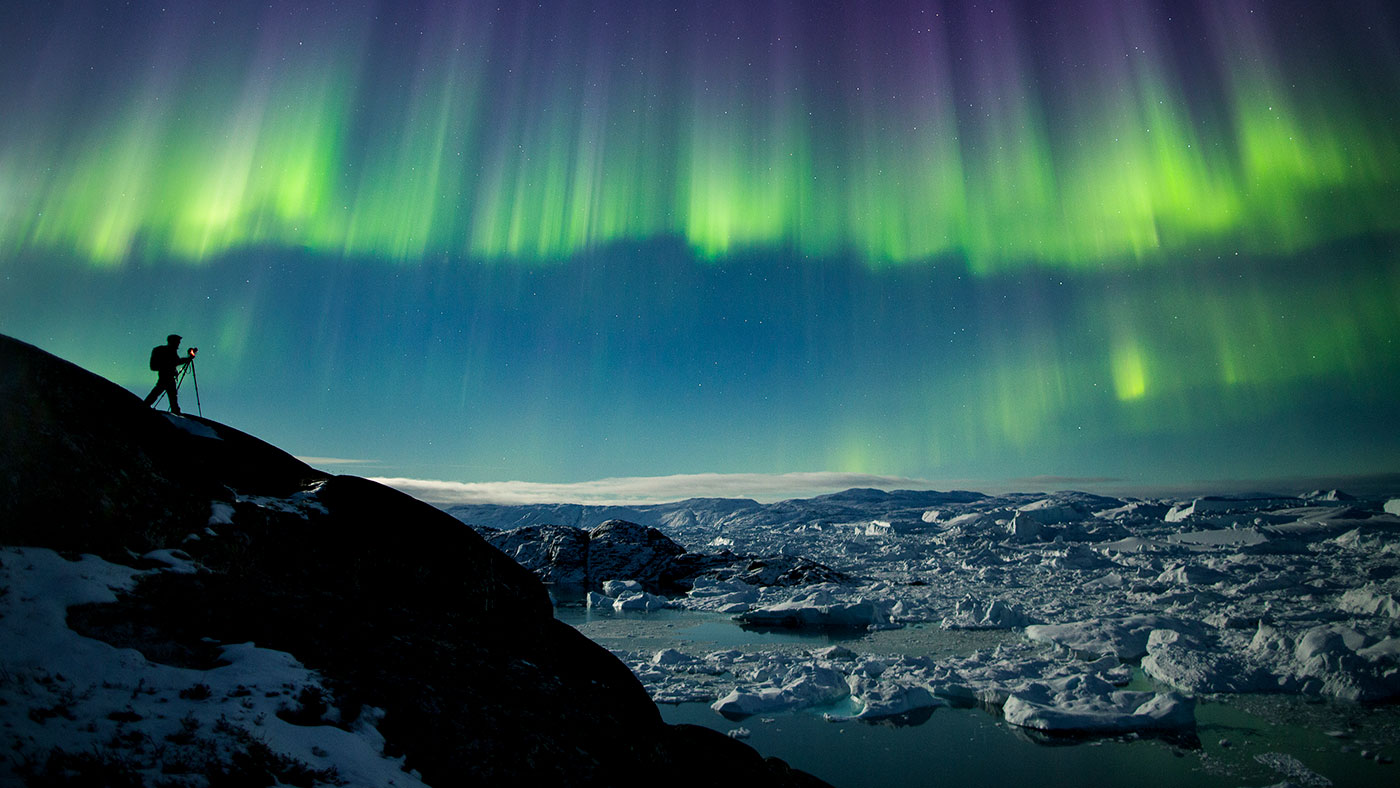
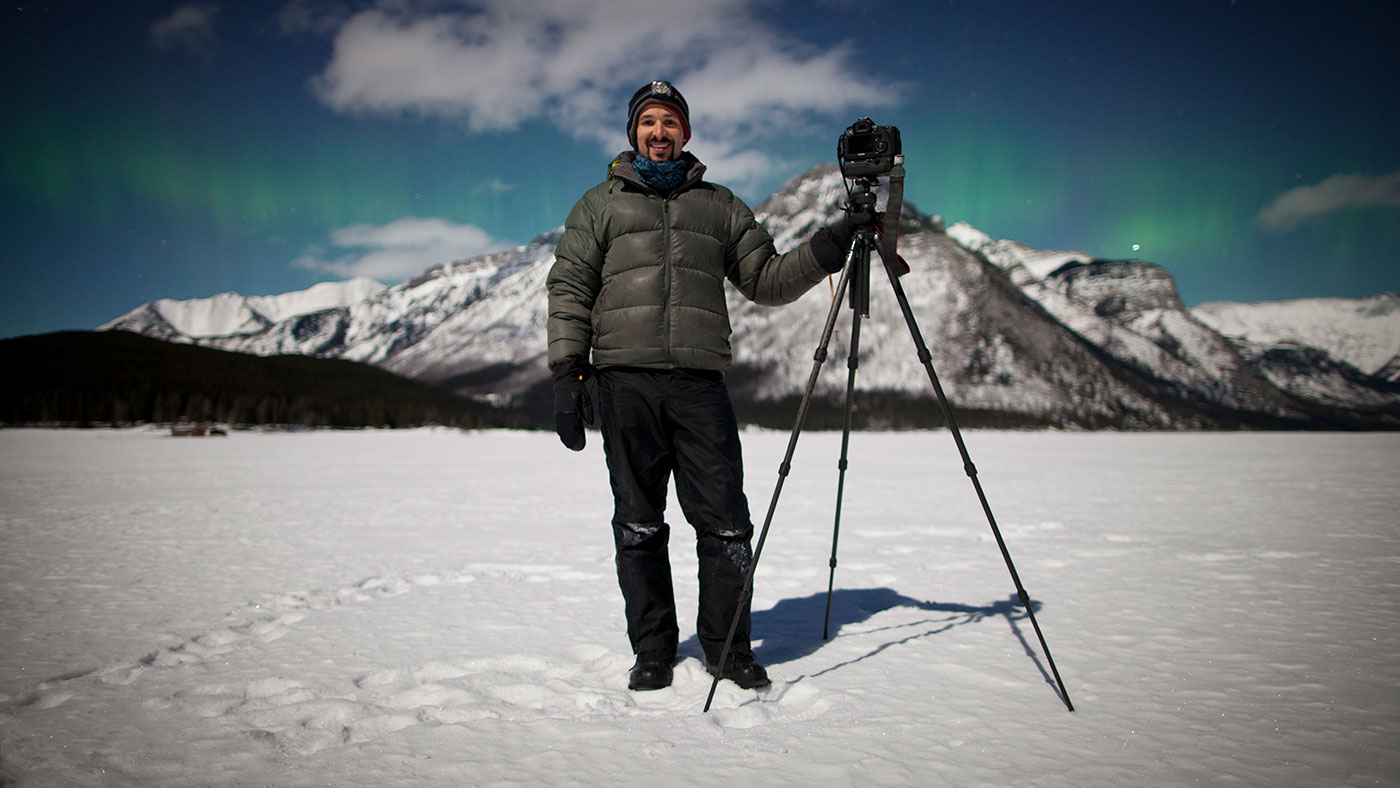
I grew up in Quebec, and I've always been drawn to very remote mountainous places that feel wild and are naturally beautiful.
Part of my work is created when I pre-visualise a shot, and try to plan and align all the factors that allow it to happen. However, often I go on a trip to a breathtaking mountain location, where I don’t have a specific image in mind, but I know conditions are likely to be favourable, and the setting is conducive to a good image.
I'm alone most of the time, unless I'm on an endeavour that isn't safe to do alone – for example mountaineering, when you have to be roped up – then I'll go with other people. But I really like the solitary exploration side of things, when you feel at one with your surroundings and everything is very simple. I've always loved being alone in the wilderness, but that’s not to say that when something amazing happens, you don’t want to share it with someone. Thankfully, I'm able to do that with images.
The Week
Escape your echo chamber. Get the facts behind the news, plus analysis from multiple perspectives.

Sign up for The Week's Free Newsletters
From our morning news briefing to a weekly Good News Newsletter, get the best of The Week delivered directly to your inbox.
From our morning news briefing to a weekly Good News Newsletter, get the best of The Week delivered directly to your inbox.
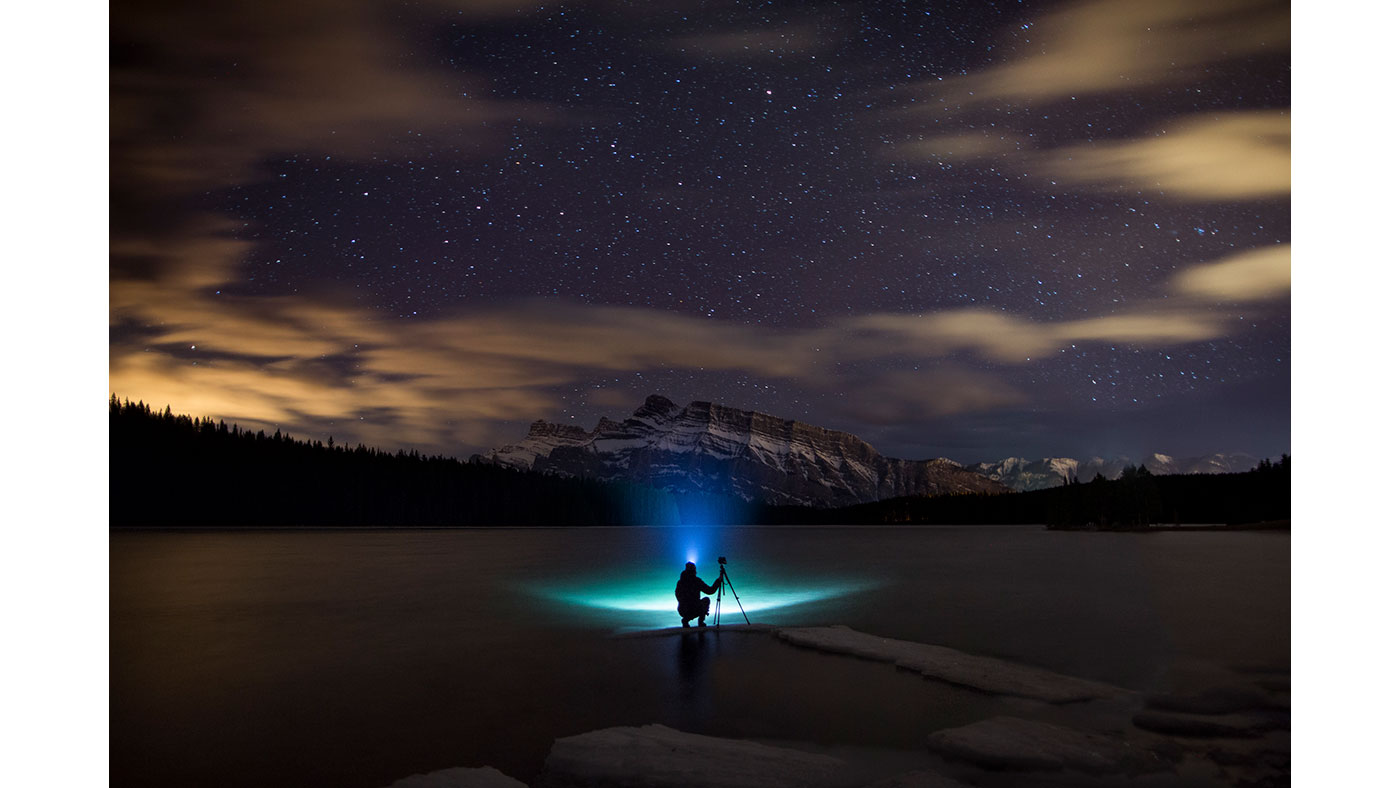
It's a constant struggle for mountain photographers to show the sheer scale of mountains. For example, I took an image called the Fables Faroes on the Faroe Islands, home of the highest sea cliffs in the world, and it's incredibly difficult to convey just how big the drops are. My signature self-portraits help me to create a sense of scale and a sense of vulnerability through the image, and they usually start with a grand theme that has a little something missing.
From a composition perspective, it might be a strong image but it needs something interesting in a certain part of it, so I go on the other side of the camera. But it doesn't have to be me in the shot, it could be anyone, and I make myself anonymous, because if you have someone recognizable, it becomes a distraction.
Once I know where I want to be in the image, I set up the tripod, get the camera to shoot continuously, and enter the scene and try different spots and body positions. Then I go back to the camera and see what’s working. I always take a tripod with me, and I shoot with a Canon 5D Mark IV, a very versatile camera that's tough, good in low light and great for nighttime shots. I also bring a wide-angle lens and a telephoto lens to exaggerate the size of backgrounds and emphasise the size of mountains. I find the telephoto lens paired with a human element really helps to get a sense of scale, and I often bring a fisheye lens plus a really fast lens for very dark nights too.
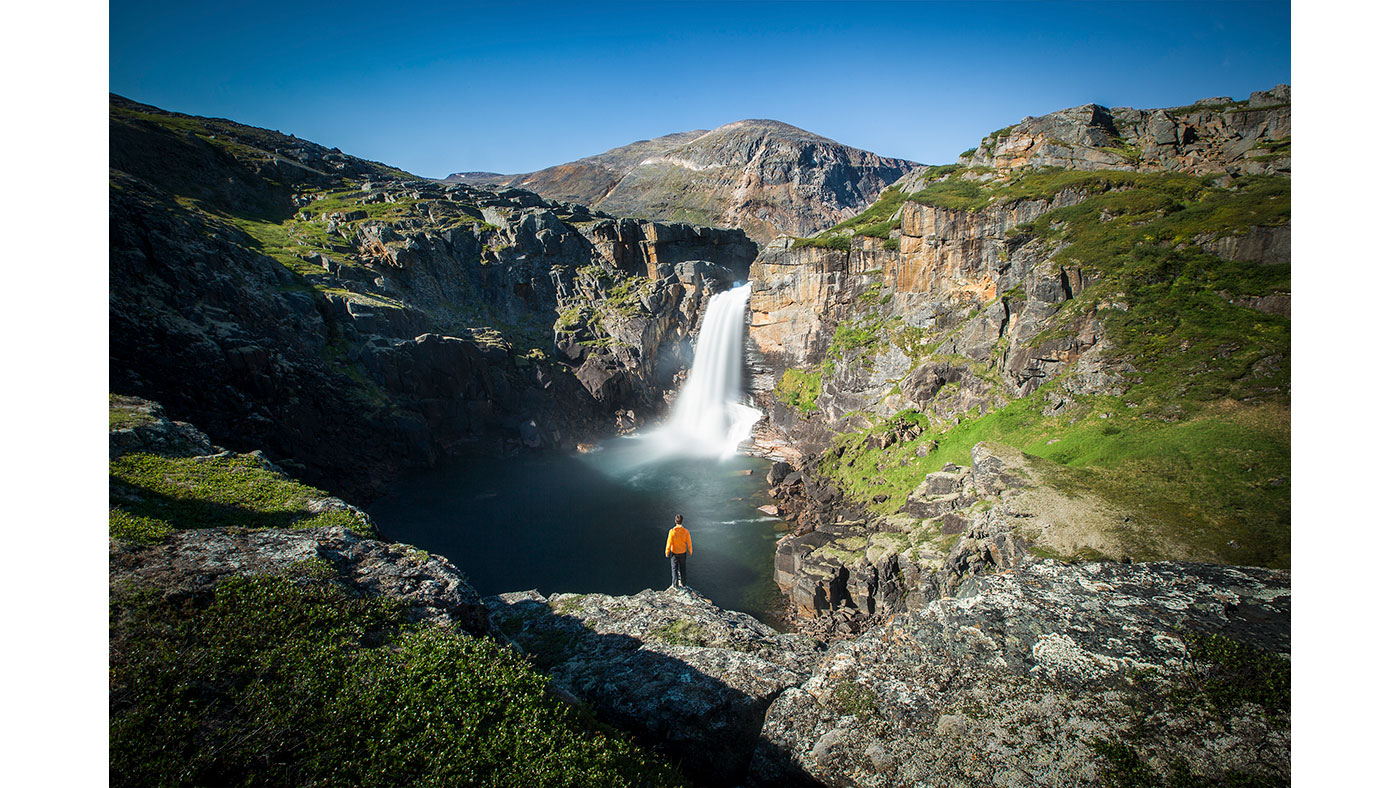
It's easy to get caught up in the technical side of shooting and realise you've gone hours without really taking a step back and observing what’s around you with your eyes, so I always try to put the experience first and the photo second, because the photos are a byproduct of an amazing experience that might never happen again.
A free daily email with the biggest news stories of the day – and the best features from TheWeek.com
Last year, the biggest Northern Lights event of 2017 took place in September, and I was with French filmmaker Mathieu Le Lay in Greenland at the time. We were on a high perch on the side of a fjord, with one of the most rugged skylines in the world in front of us, and it was such a spectacular display. The aurora moved over this skyline a few times.
Things don't always go right. When I went to Greenland to document night skies in 2016, there were clouds around 95 per cent of the time. If you put the experience first, and you don't get the shot because the conditions aren't quite right, you still get an amazing experience, so you don't go home empty-handed.
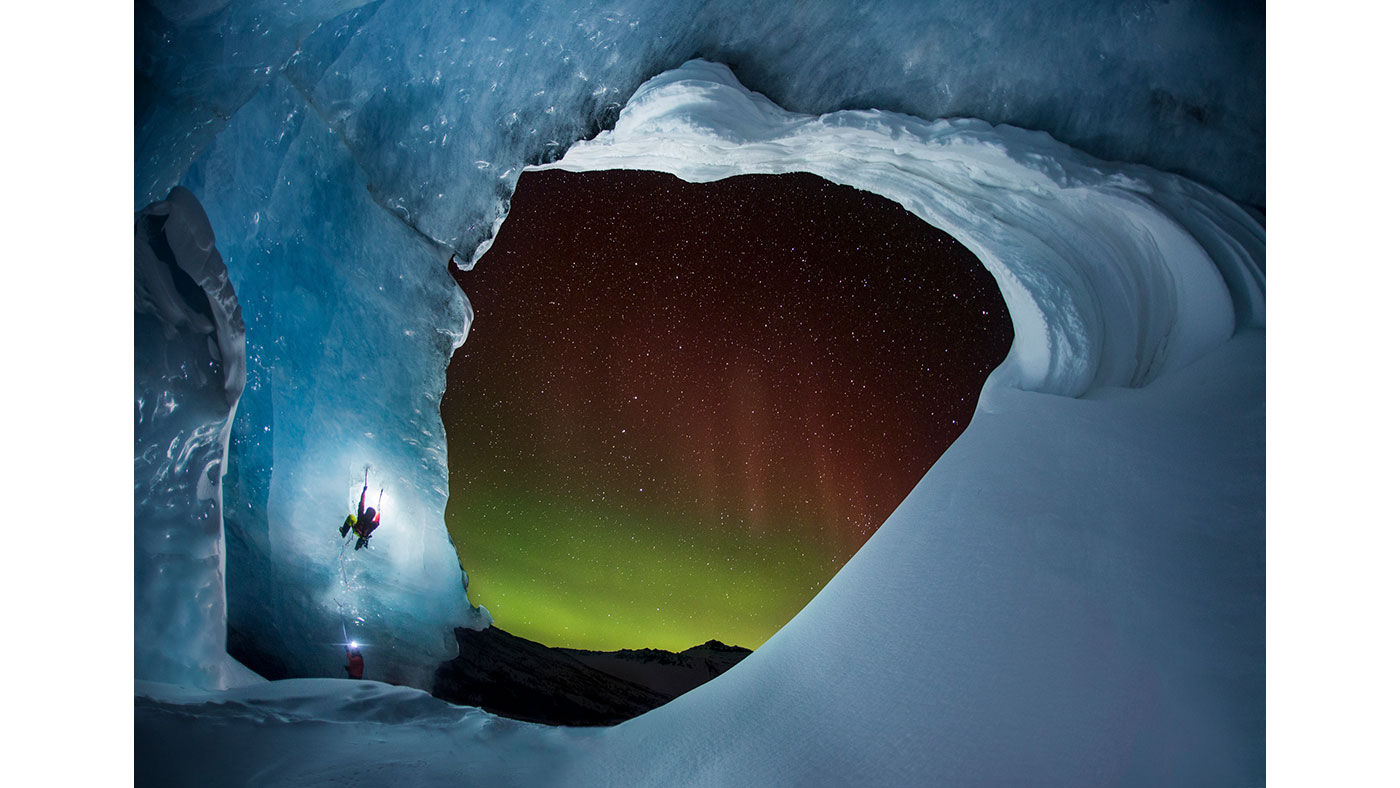
I've been a Ball Watch ambassador for three years now, and the entire journey of photography is so closely tied to time. It's about being in the right place at the right time and being efficient with time, so for me, a reliable watch is key. The watch I'm wearing at the moment is the Ball Magneto S, as it's incredibly durable and I know it will withstand the rigours of extreme weather and terrain. I've even gone underwater with it! I might not see many other people on my shoots, but I love the way it looks.
I run some photography workshops, and for anyone thinking of challenging themselves to go out of their comfort zone and embark on an adventurous journey, I say just go for it. We’re all so removed from the wilderness these days, but exploring in the wild can do wonderful things to your life.
PAUL ZIZKA is an award-winning mountain landscape and adventure photographer based in Banff, Alberta, who captures the world's wildest locations and most under-documented natural phenomenon on camera. He is an ambassador for Ball Watches and his adventures have taken him around the globe to far-flung locations including Iceland, New Zealand, Norway, Nepal, Antarctica and Namibia. zizka.ca; ballwatch.com
-
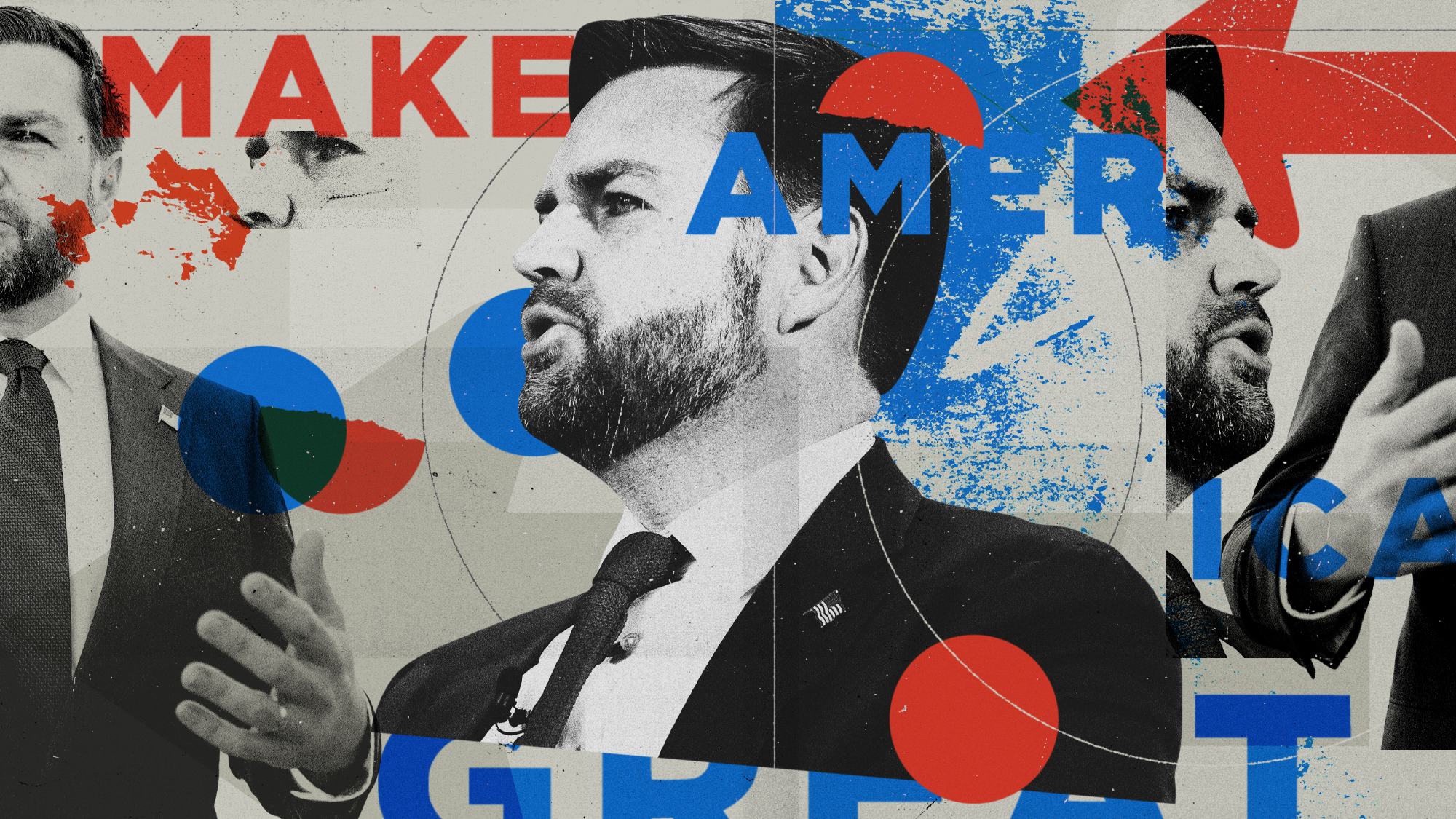 Which side is JD Vance taking in MAGA’s infighting?
Which side is JD Vance taking in MAGA’s infighting?Today’s Big Question GOP insiders are battling over antisemitism with an eye on 2028
-
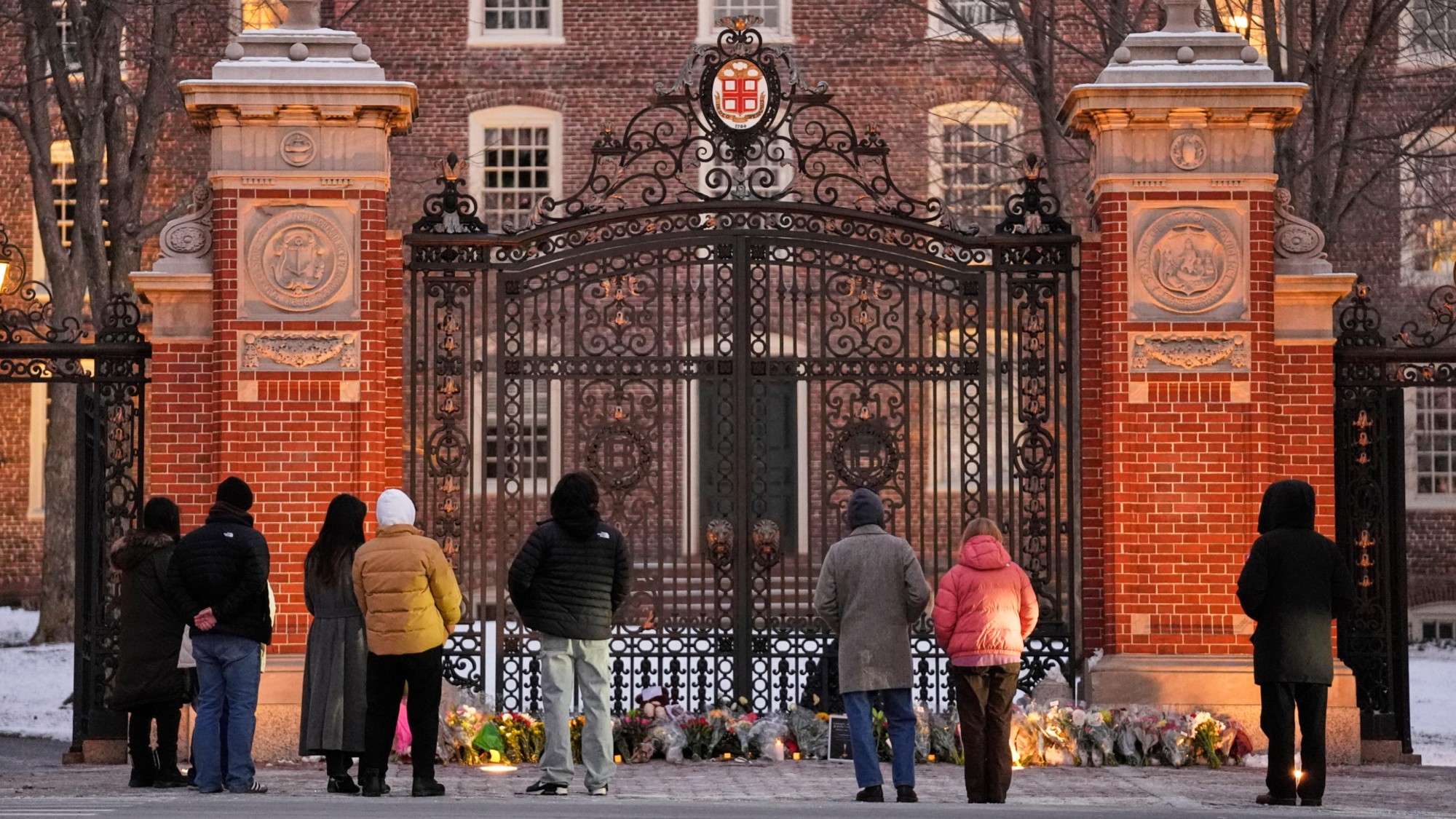 Campus security is in the public eye again after the Brown shooting
Campus security is in the public eye again after the Brown shootingTalking Points Questions surround a federal law called the Clery Act
-
 9 new cookbooks begging to be put to good winter use
9 new cookbooks begging to be put to good winter usethe week recommends Booze-free drinks, the magic versatility of breadcrumbs and Japanese one-pot cooking